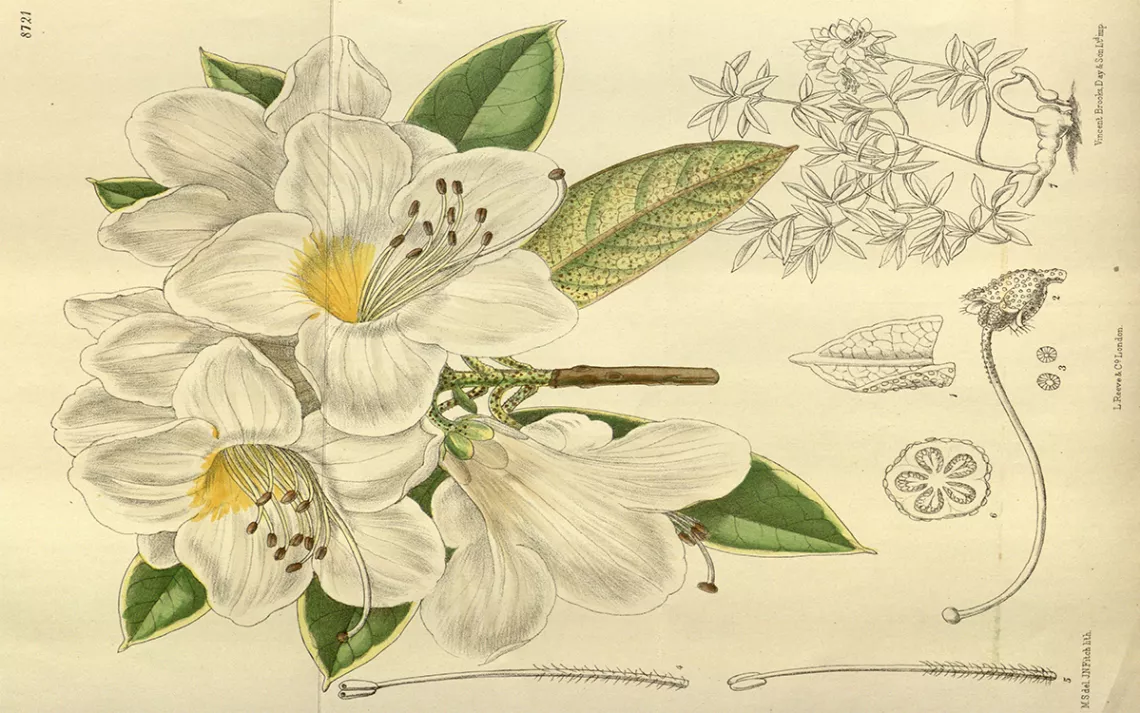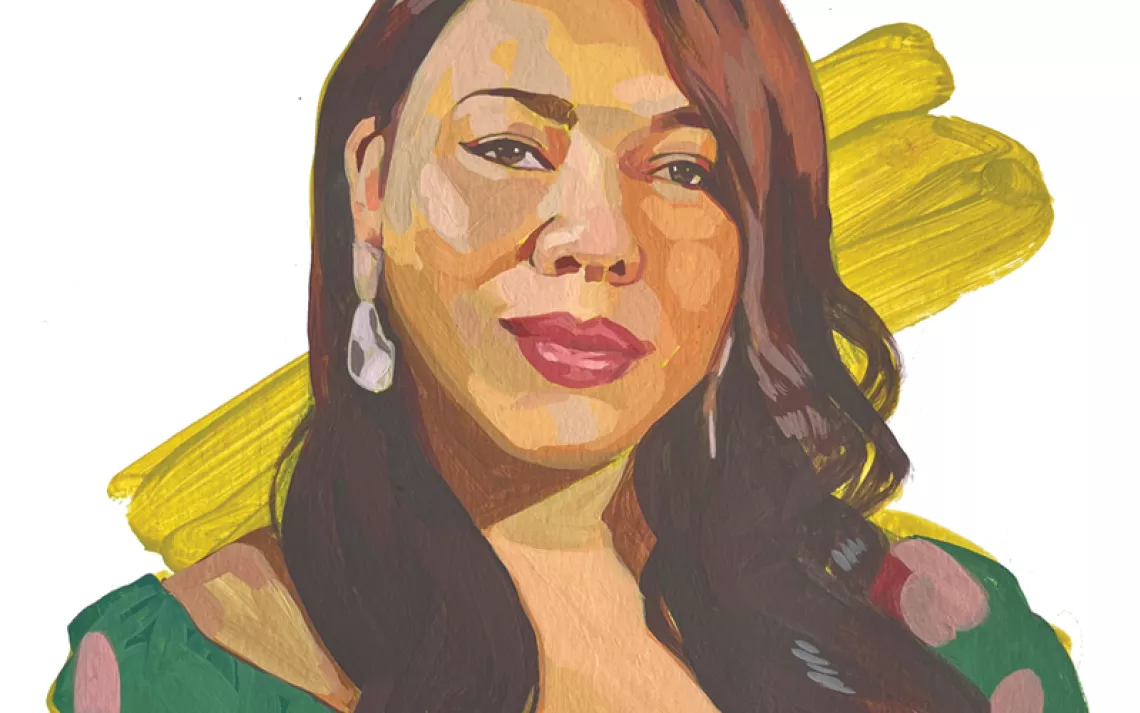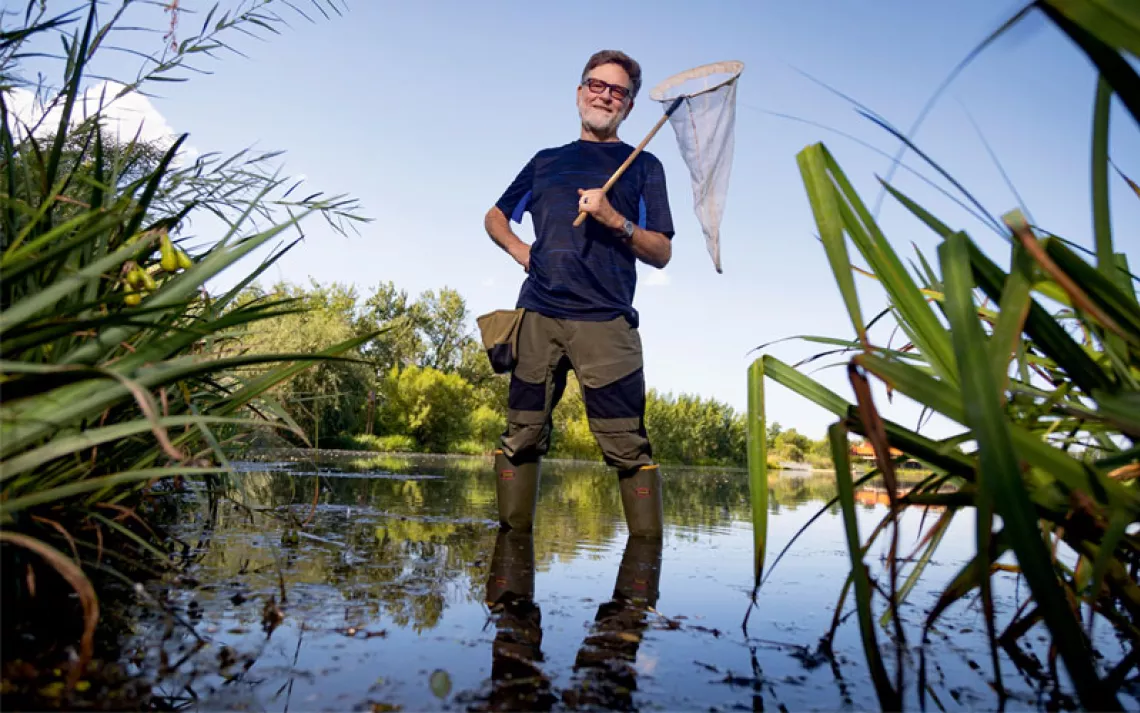On the Trail of Lady Charlotte
A writer goes to Ireland and discovers a fellow woman adventurer

Reproduction of a Rhododendron Cuffeanum plate from Curtis's Botanical Magazine.
If it hadn’t been for the jetlag and lack of sleep, I might never have heard of Lady Charlotte Wheeler-Cuffe.
I had joined an early morning guided walk of Lyrath Estate near Kilkenny, Ireland, where I was attending a writing conference. Robbie McPartland, the estate gardener, led four early risers out into the chilly morning. As we soaked our shoes in wet grass, flanked by a galloping trio of champagne-colored labs, he showed us the gardens and mist-shrouded lake. My eyes glazed over his litany of 18th century lord so and sos who inhabited the original house. But his passing description of Lady Charlotte Wheeler-Cuffe snapped me into focus.
Born in 1867, she married a civil engineer employed by the Public Works Department in Burma. Lady Charlotte spent 21 years there, tromping through the mountains searching for rare orchids and rhododendrons and adding several to the western scientific record. She and her husband eventually settled at Lyrath, where she lived for 43 years before dying in 1967, 11 weeks before her 100th birthday.
As a huge fan of women adventurers past and present, I had stars in my eyes. But then McPartland affectionately dismissed Lady Charlotte’s botanical discoveries as something to do since she’d failed to reproduce. After my blood stopped boiling, I resolved to hunt for traces Lady Charlotte left behind.
Lady Charlotte in Burma
The best source on Lady Charlotte is Shadow among Splendours: Lady Charlotte Wheeler-Cuffe’s Adventures among the Flowers of Burma, 1897-1921 by botanist and author E. Charles Nelson. He learned of Lady Charlotte, whose family nicknamed her Shadow, while working at the National Botanic Gardens in Dublin. His book draws upon the many letters she wrote home.
Born Charlotte Williams, she spent her 20s painting and traveling, then married Otway Fortescue Luke Wheeler-Cuffe when she was 30. She accompanied him to Burma, ready for adventure. Instead of the usual female colonial pastimes—bossing servants around or caring for children until they were old enough to pack off to boarding school—she ventured into the jungle. Unlike most botanical painters, she painted the plants on site as part of the larger ecosystem, rather than isolating them individually. As she wrote in a letter home, “Lots of people can paint as well, and better, than I; but not many have the opportunity of painting orchids in their natural habitat.” Lady Charlotte sent botanical paintings and plant specimens to both Kew Gardens in London and the Royal (now National) Botanic Gardens in Dublin.
Her botanical discoveries include the bright blue Anemone obtosiloba, also known as Shadow’s buttercup; the shrubby yellow Rhododendron burmanicum; and the epiphytic white Rhododendron cuffeanum, which grows on pine trees, never touching the ground. In 1917, the Burma Forest Department asked her to lay out a garden, an honor that thrilled the amateur botanist. The resulting Maymyo Botanic Garden—now Kandawgyi Botanical Garden—still exists.
Contemplating Lady Charlotte’s adventures, I wondered how she felt about not having children in a time where motherhood defined women even more than it does now. I’m also a childless woman who paints, writes, and travels, so this seemed like a normal area for speculation. Was she sad? Or relieved she could focus on art and botany? I contacted Nelson, her biographer, and asked if he’d picked up any hints about her feelings on reproduction. “I have no idea what they thought about not having children—you would never discuss such matters in public or even in private,” he said, clearly unwilling to speculate. But he added, “She did have a major gynecological operation in 1908.”
The presence or absence of Lady Charlotte’s maternal urges is lost to history. But she cared greatly for animals. In addition to cats, dogs, and horses, her menagerie at times included a bear, leopard, barking deer, and several serow, which are like goats crossed with antelope. In a letter to her aunt she wrote, “I delight in the life out here, it is so full of interest, and the freedom and unconventionality of it suits me down to the ground.”
National Botanic Gardens
On a day in late May that passes for sizzling in Ireland—upwards of 70 degrees—friends sit on benches beside blooming irises, parents push strollers down rhododendron-lined paths, and I gawk at orchids and palms inside sultry greenhouses. The National Botanic Gardens’ white Victorian wrought iron greenhouses are as ornate as wedding cakes, and as impressive as the plants they house. Both the palm house and the curvilinear greenhouse, which was built in 1843 by Dublin iron master Richard Turner, have won European Union cultural awards for their restoration.
I spend a couple of hours in the archive. The carrels look out over the gardens. This is where I feel closest to the spirit of Lady Charlotte. The Indian horse chestnut tree she donated still grows on the grounds. In 1926, she sent her paintings to the National Botanic Gardens on loan. Eleven years later, she made the loan permanent. Now visitors like me can arrange private viewings of these paintings.
Librarian Alexandra Caccamo carries out an armload of Lady Charlotte’s paintings and carefully sets them on my desk. One at a time, I look at rare orchids that grow in the mountains of Burma, the white epiphytic rhododendron named for her, a tiger. I can make out notations from Robert Allen Rolphe, the Kew Garden botanist to whom she originally sent her paintings for identification. Donning white gloves, I open one of Lady Charlotte’s sketchbooks, turning pages between landscapes and temples.
I picture her crouched on Mount Victoria, fully focused on a rare orchid, a barking deer silently watching this intent woman. I wish I could have known her.
 The Magazine of The Sierra Club
The Magazine of The Sierra Club







